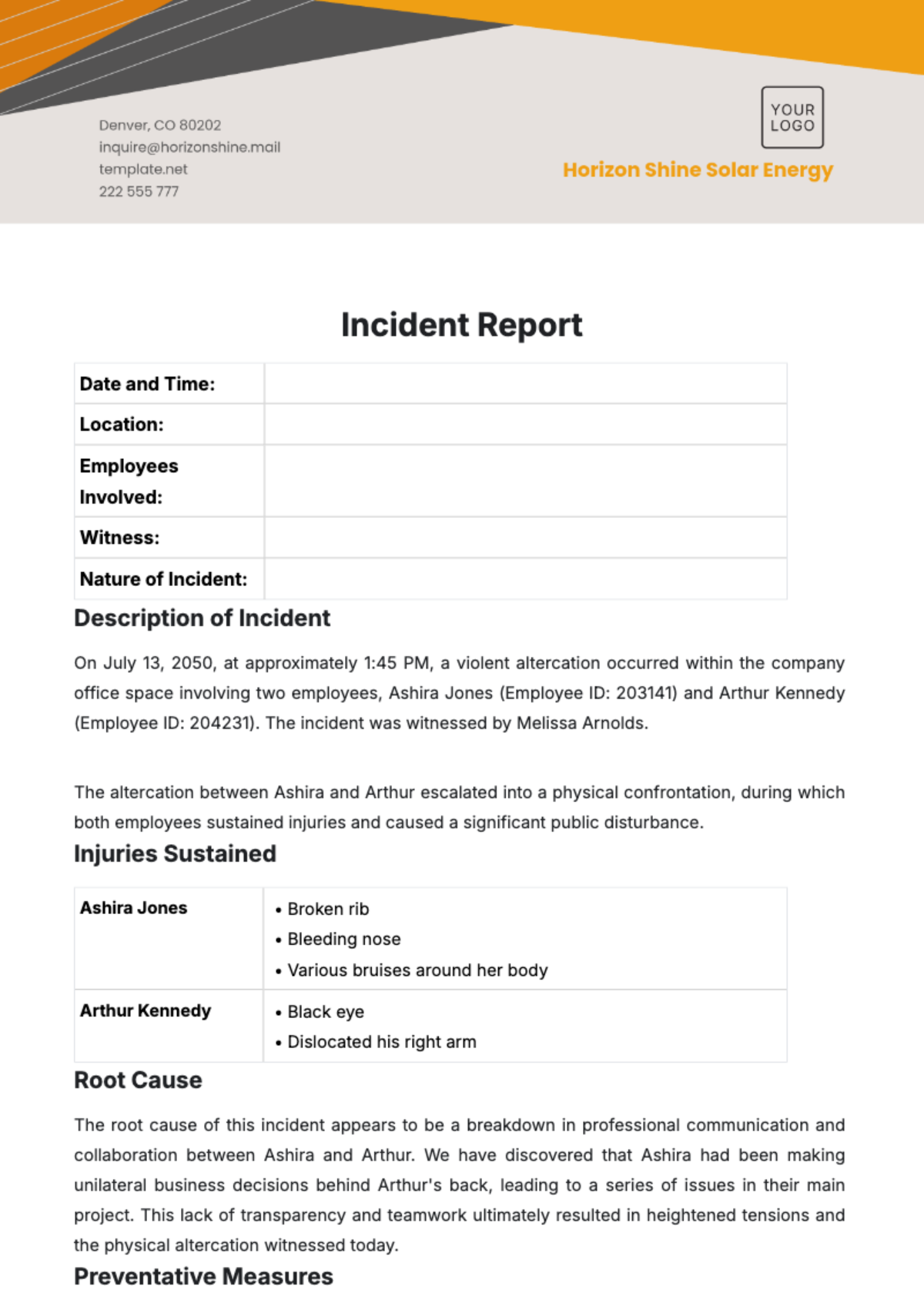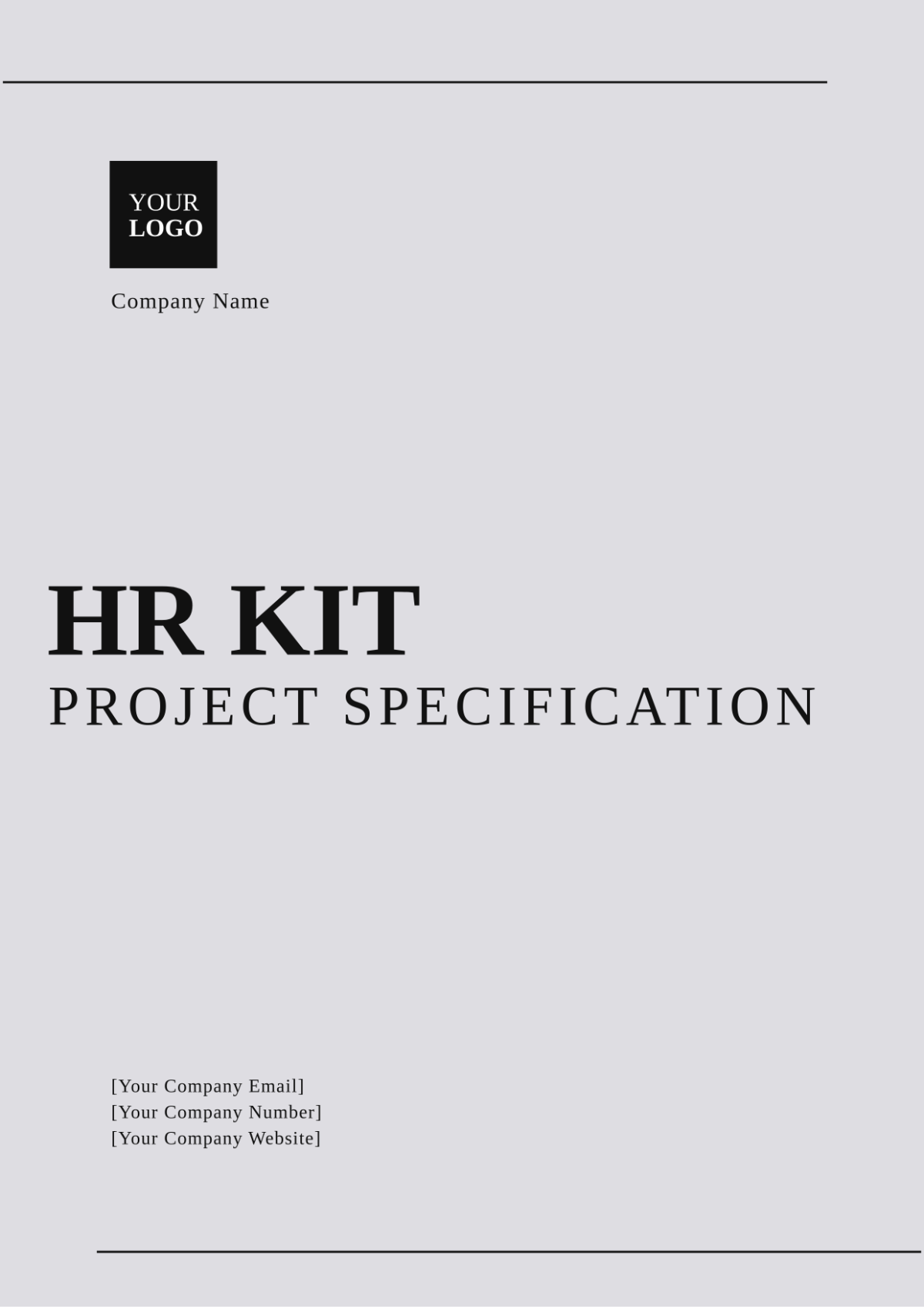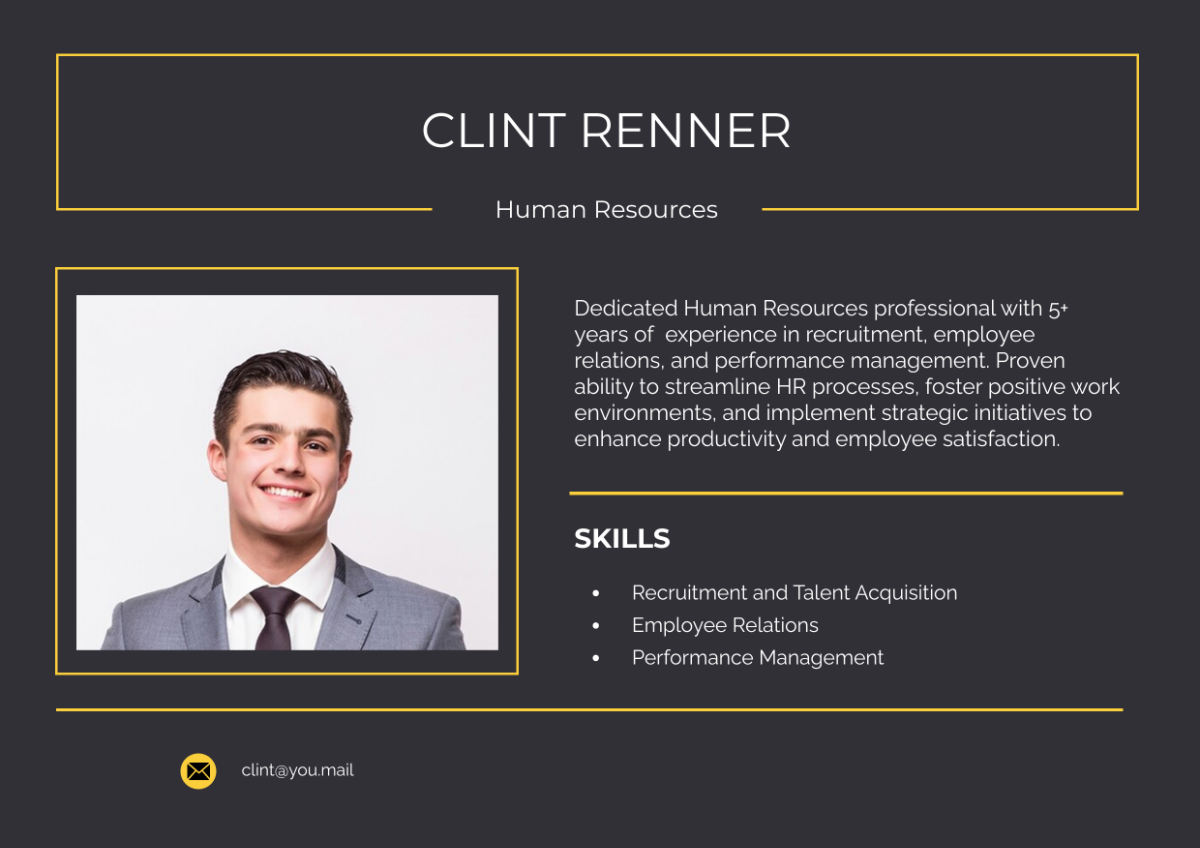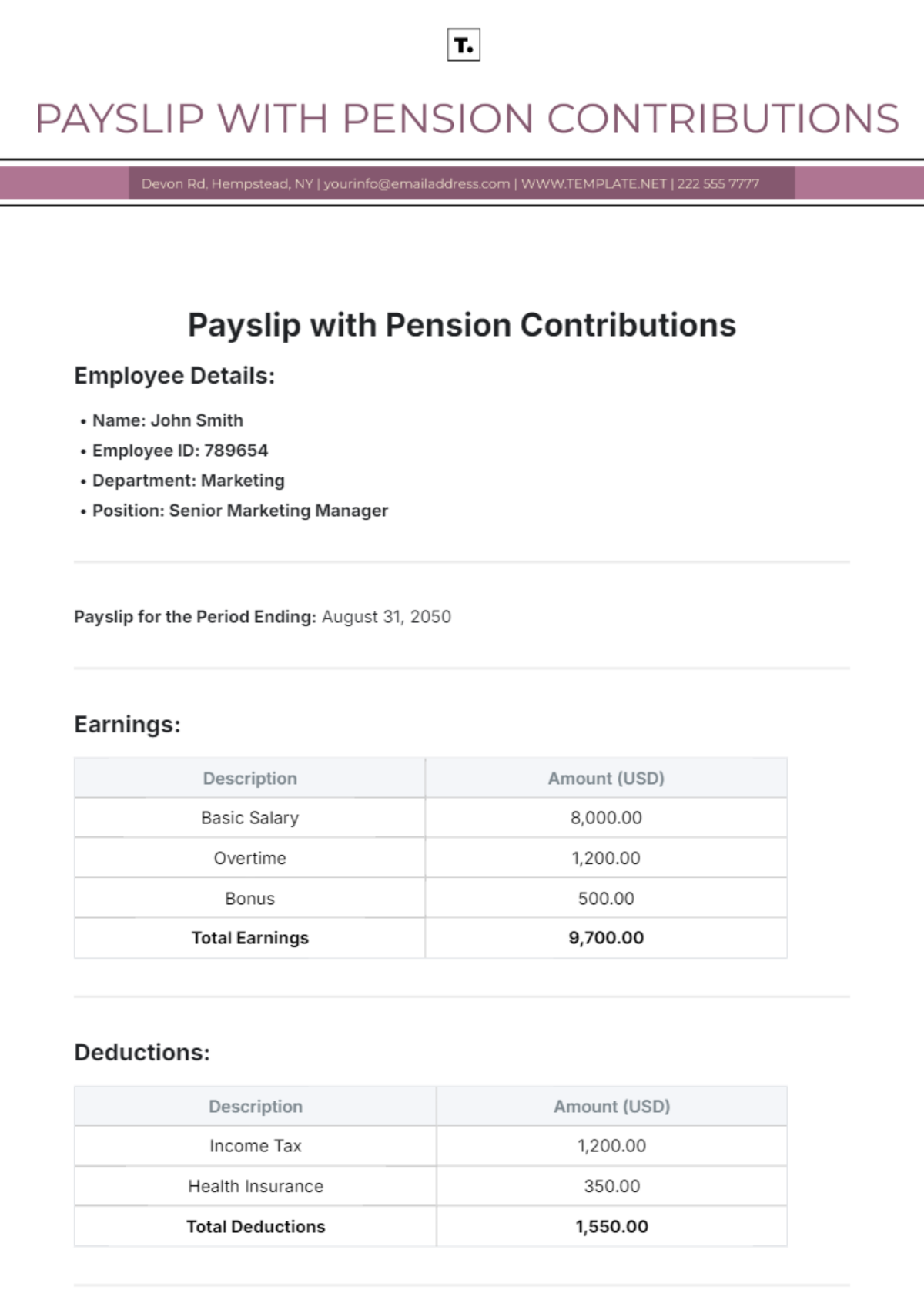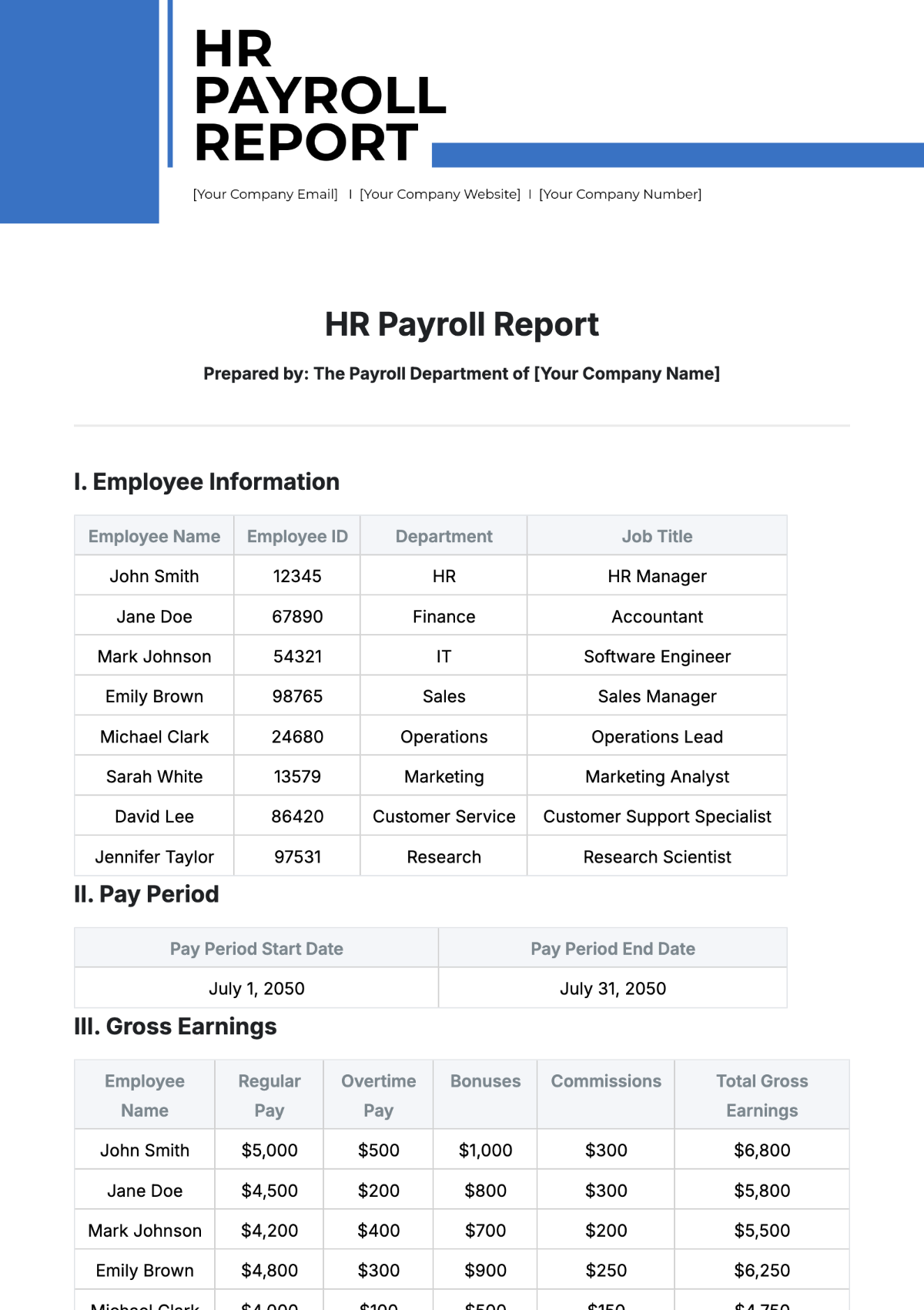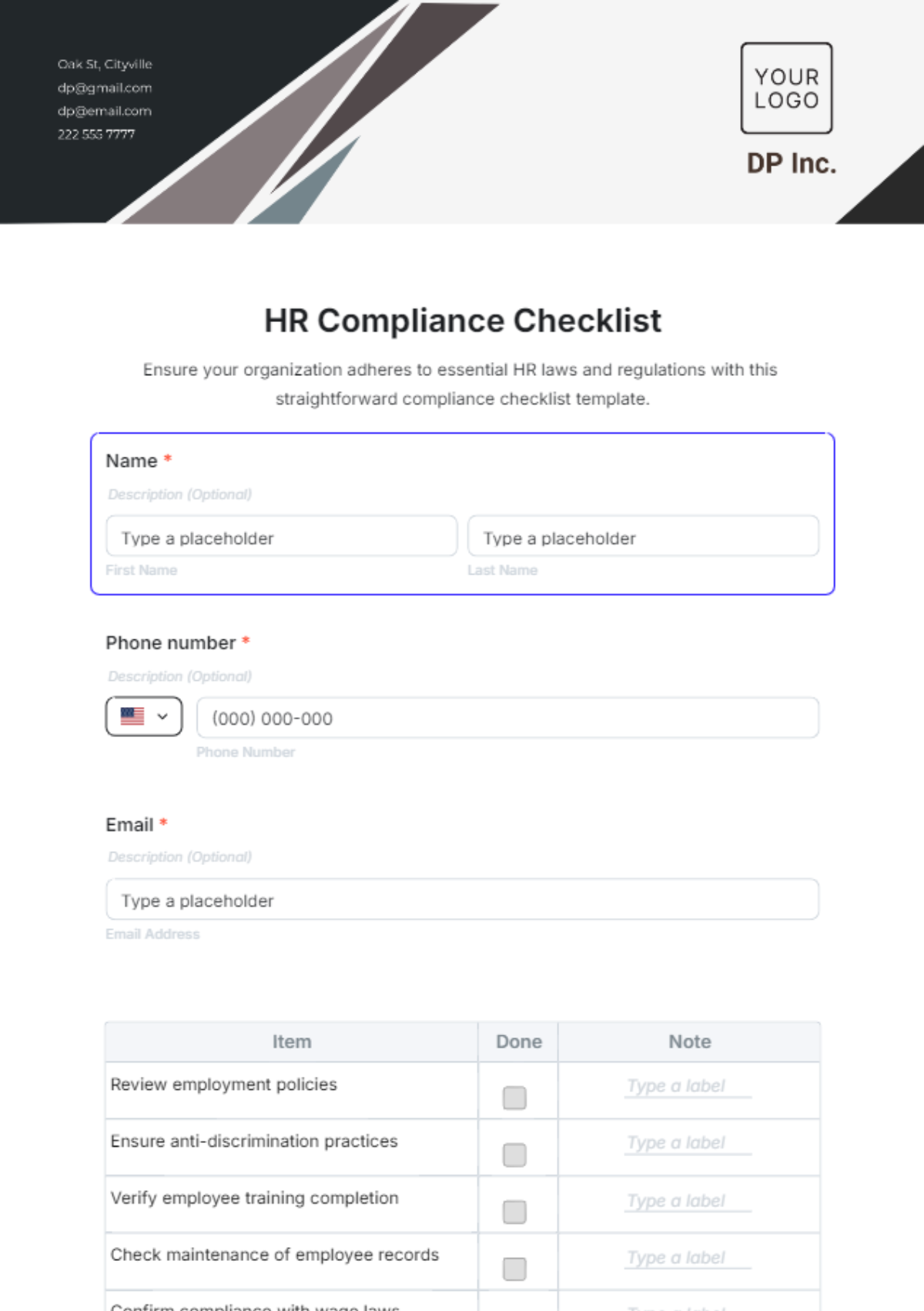Inter-departmental Synergy Building Strategy
TABLE OF CONTENTS
Purpose ........................................................................................................................3
Scope ............................................................................................................................3
Definitions ...................................................................................................................3
Inter-departmental Synergy Principles ............................................................4
HR's Role in Synergy Building ..............................................................................4
Employee-Employee Relationship Building .....................................................6
HR-Employee Relationship Enhancement .......................................................7
Conflict Resolution & Handling Disputes .........................................................9
Performance Metrics and Evaluation ..............................................................10
Training & Continuous Learning ........................................................................12
Guidelines for Effective Communication ........................................................14
Challenges and Mitigation Strategies .............................................................15
Review and Update Procedures ........................................................................15
Purpose
The purpose of this document is to outline and establish a unified approach towards fostering inter-departmental synergy and enhancing HR-Employee relationships within [Your Company Name]. Through the strategies and principles delineated here, we aim to promote a collaborative culture, maximize productivity, and create a harmonious work environment conducive to achieving our organizational goals.
Scope
This document applies to all departments, teams, and individuals within [Your Company Name]. It encompasses guidelines for fostering collaboration, promoting open communication, and ensuring mutual respect and understanding among all employees, irrespective of their departmental affiliations. The strategies and principles outlined are intended to be adaptable and scalable, ensuring their relevance and applicability across various scenarios and organizational changes.
Definitions
Synergy: The combined and cooperative action of two or more units (in this context, departments) that result in an effect greater than the sum of their individual effects.
Inter-departmental Collaboration: The practice of different departments working together towards shared objectives, leveraging each other's expertise and resources.
HR-Employee Relationship: The formal and informal connection between the Human Resources department and the employees, characterized by mutual trust, respect, and understanding.
Inter-departmental Synergy Principles
Collaboration Over Competition
Every department within [Your Company Name] plays a pivotal role in our collective success. While healthy competition can drive innovation and excellence, collaboration ensures that we harness the collective strength of our diverse teams. By valuing collaboration over competition, we can break down silos, share knowledge, and work together to achieve outcomes that benefit the entire organization.
Open Communication Channels
Open and transparent communication is the backbone of successful collaboration. Departments are encouraged to maintain regular communication, share updates, and actively seek feedback. This openness not only ensures that everyone is aligned with the company's objectives but also fosters a culture where ideas and concerns are freely expressed and valued.
Mutual Respect and Understanding
Respecting and understanding the roles, challenges, and contributions of each department is vital for synergy. Employees are encouraged to invest time in understanding the workings of other departments, which in turn, promotes empathy and reduces potential conflicts. A culture of mutual respect ensures that every member feels valued and understood, leading to increased motivation and collaboration.
HR's Role in Synergy Building
Facilitating Communication
The Human Resources department plays a pivotal role in bridging communication gaps and ensuring that lines of communication remain open, clear, and effective. By setting up regular inter-departmental meetings, facilitating workshops, and offering platforms for open dialogues, HR ensures that all voices are heard, ideas are shared, and potential bottlenecks are addressed promptly.
Conflict Resolution
Conflicts are inevitable in any organization. HR's responsibility is not just to resolve these conflicts but to do so in a manner that fosters understanding and strengthens relationships. This involves mediating discussions, understanding the root causes of disputes, and implementing solutions that are in line with [Your Company Name]'s values and objectives.
Training and Development Initiatives
Continuous training and development are crucial for the growth and adaptation of any organization. HR plays a crucial role in identifying skill gaps, fostering a culture of continuous learning, and ensuring that employees have access to the necessary resources to thrive.
Initiative | Description | Target Audience | Frequency |
Leadership Summit | A workshop focusing on enhancing leadership skills and team management. | Department Heads, Team Leads | Quarterly |
Tech Skill Boost | Training sessions on the latest technological advancements and tools relevant to the industry. | IT & Technical Teams | Bi-annually |
Feedback Mechanisms
For synergy to be effective, it must be a two-way street. HR ensures that there are structured feedback mechanisms in place where employees can share their insights, concerns, and suggestions.
Mechanism | Purpose | Mode | Frequency |
Monthly Pulse Survey | To gauge employee satisfaction and gather feedback on recent changes or initiatives. | Online Survey | Monthly |
Open Forum Meetings | A platform for employees to openly discuss ideas, concerns, and provide feedback in a group setting. | Face-to-face | Quarterly |
Employee-Employee Relationship Building
Inter-departmental Mentorship Programs
Inter-departmental mentorship programs encourage employees from different departments to guide and learn from one another. This initiative promotes mutual understanding, knowledge sharing, and fosters strong bonds across departments. HR will ensure that suitable mentor-mentee pairs are established, with clear objectives and guidelines to ensure the program's success.
Open Door Policy
[Company Name] believes in a culture of accessibility and transparency. The open door policy ensures that employees, regardless of their roles or levels, can approach their superiors or peers with ideas, concerns, or feedback without any fear of reprisal. This policy emphasizes trust and fosters a culture where everyone feels valued and heard.
Social Gatherings and Informal Events
Building relationships outside of the structured work environment is crucial for deeper connections and understanding. [Company Name] encourages departments to organize and participate in social gatherings, team outings, and other informal events. These events provide employees an opportunity to interact in a relaxed setting, strengthening bonds and fostering camaraderie.
Collaborative Platforms
In today's digital age, having platforms where employees can collaborate in real-time, share ideas, and work together on projects is crucial. These platforms break down geographical and departmental barriers, ensuring seamless communication and collaboration.
Platform | Features | Purpose | Accessibility |
TeamSync | Real-time messaging, file sharing, video calls. | Project Collaboration, Team Communication | All Employees |
KnowShare | Forums, Q&A sections, upvoting. | Knowledge Sharing, Problem-solving | Specific Departments (e.g., R&D) |
These platforms, while promoting collaboration, should also ensure data security and integrity, aligning with [Company Name]'s IT and confidentiality policies.
HR-Employee Relationship Enhancement
Regular One-on-One Meetings
Building a strong HR-Employee relationship begins with understanding individual aspirations, challenges, and concerns. To facilitate this understanding, [Company Name]'s HR department commits to regular one-on-one meetings with employees. These sessions offer a confidential environment where employees can discuss their career aspirations, personal challenges affecting work, and any concerns or suggestions they might have.
Feedback Loops
An effective HR-Employee relationship is built on a foundation of continuous feedback. These feedback loops ensure that both HR and the employees are aligned in their objectives and expectations. Periodic surveys, feedback forms, and open forums are organized to capture employee sentiments, helping the HR department make informed decisions and implement effective policies.
Employee Assistance Programs (EAP)
EAPs are designed to offer support to employees facing personal or professional challenges, ensuring their well-being and mental health.
Program Name | Description | Availability |
Mental Well-being | Offers counseling sessions with certified therapists. | 24/7 |
Financial Advisory | Provides guidance on financial planning and debt management. | Weekdays |
Employee Recognition and Reward Programs
Recognizing and rewarding employees' contributions is vital in boosting morale and fostering loyalty.
Program Name | Criteria or Achievement | Rewards |
Star Performer | Outstanding performance in a particular quarter. | Monetary Bonus, Certificate |
Innovation Champ | Introducing a new idea that benefits the company. | Office Perks, Recognition Plaque |
Conflict Resolution & Handling Disputes
Steps to Resolution
Addressing conflicts effectively and promptly is crucial for maintaining a harmonious work environment.
Step | Procedure | Duration | Responsible Party |
1 | Initial Reporting | 1-3 days | Employee, Supervisor |
2 | Preliminary Investigation | 1 week | HR Department |
3 | Mediation Session | 2-3 days | HR Mediator |
4 | Implementation of the Resolution | Varies | Relevant Department |
5 | Feedback & Follow-up | 1 month after resolution | HR Department |
Mediation and Counseling
When conflicts arise, unbiased mediation can be an effective way to reach a resolution. [Company Name]'s HR department provides trained mediators who can objectively assess the situation, understand both parties' perspectives, and guide them towards a mutually agreeable resolution. Additionally, counseling services are available to help employees cope with any emotional or mental strain arising from workplace disputes.
Feedback and Learning
Post-conflict resolution, it's vital to analyze the root causes, learn from the situation, and make necessary changes to prevent similar issues in the future. HR conducts feedback sessions with involved parties to understand the effectiveness of the resolution process and to gather insights for future improvements.
Performance Metrics and Evaluation
Measuring Synergy
Quantifying the impact and effectiveness of inter-departmental collaboration is essential for continuous improvement. Synergy is measured through a combination of qualitative and quantitative metrics such as project completion rates, collaborative initiatives, and feedback from department heads.
Metric Name | Description | Standard Target | Frequency of Measurement |
Inter-departmental Project Completion | Percentage of collaborative projects completed on time. | ≥ 90% | Quarterly |
Employee Satisfaction Score | Average score from employee satisfaction surveys. | ≥ 8/10 | Bi-annually |
Departmental Collaborative Index (DCI) | Composite score based on various collaboration indicators. | ≥ 80 out of 100 | Quarterly |
HR-Employee Interaction Count | Number of formal interactions between HR and employees. | ≥ 5 interactions/employee/year | Annually |
Feedback Submission Rate | Percentage of employees submitting feedback regularly. | ≥ 70% | Quarterly |
Conflict Resolution Time | Average time taken to resolve interdepartmental conflicts. | ≤ 7 days | Monthly |
Training Participation Rate | Percentage of employees participating in training sessions. | ≥ 85% | Annually |
Employee Satisfaction Surveys
Employee sentiments are a direct indicator of the effectiveness of synergy-building strategies. Regular satisfaction surveys provide insights into areas of success and potential improvement. These surveys gauge employee feelings towards inter-departmental collaboration, HR-employee relationships, and overall company culture.
Departmental Collaborative Index
The Departmental Collaborative Index (DCI) quantifies how well departments collaborate with one another. This metric takes into account factors like joint projects completed, inter-departmental meetings, and shared resources. A higher DCI indicates a greater level of collaboration and synergy among departments.
Continuous Improvement Feedback
Encouraging a culture of continuous feedback helps in identifying areas for improvement. Employees are given platforms to share insights, suggestions, and concerns related to inter-departmental collaboration, ensuring that strategies are always evolving and adapting.
Training & Continuous Learning
Workshops and Seminars
Focused workshops and seminars are instrumental in skill enhancement and fostering a culture of continuous learning.
Workshop Name | Description | Duration | Frequency |
Team Dynamics | Enhancing teamwork and understanding group dynamics. | 2 days | Quarterly |
Innovative Thinking | Fostering a culture of innovation and creative problem-solving. | 1 day | Bi-annually |
Online Training Modules
Digital platforms provide flexibility and cater to diverse learning preferences, making online training an essential component of continuous learning.
Module Name | Topic | Duration | Access Period |
Digital Etiquette | Professionalism in digital communication. | 3 hours | 1 year |
Project Management Basics | Introduction to effective project management techniques. | 5 hours | 6 months |
Guest Speakers and External Expertise
Inviting industry experts and thought leaders can provide fresh perspectives and insights that are invaluable to the growth and development of employees.
Speaker Name | Topic/Expertise Area | Duration | Date |
Dr. Jane Smith | "The Future of Inter-departmental Collaboration" | 2 hours | [Scheduled Date] |
Mr. John Doe | "Innovative Approaches in HR Management" | 1.5 hours | [Scheduled Date] |
Guidelines for Effective Communication
Communication Channels
Every organization must designate official channels of communication to ensure the smooth flow of information. Whether it's email, team messaging apps, or formal written memos, employees need to know which channels are appropriate for specific types of communication.
Official Announcements: Use the company intranet or email.
Collaborative Projects: Utilize team collaboration platforms.
Informal Communication: Messaging apps or in-person discussions can be used.
Meeting Etiquettes
Meetings are integral for collaboration, but they should be conducted efficiently to respect everyone's time.
Always start and end meetings on time.
Distribute the meeting agenda in advance to allow participants to prepare.
Encourage every member to voice their opinions or concerns.
Distribute meeting minutes and action items promptly after the meeting.
Transparency and Honesty
Transparency fosters trust, and honesty ensures the integrity of communication.
Open Sharing: Share relevant information with team members to ensure everyone is on the same page.
Constructive Feedback: When providing feedback, be clear, constructive, and honest, avoiding personal biases.
Acknowledge Mistakes: If errors occur, acknowledge them promptly and work collaboratively towards a solution.
Challenges and Mitigation Strategies
Every initiative faces challenges, and being aware of potential obstacles is the first step in addressing them. To counteract challenges, proactive solutions should be in place.
Challenge | Recommendations |
Miscommunication | Regular training on effective communication and promoting open dialogue. |
Resistance to Change | Change management workshops and highlighting the benefits of the new strategies. |
Interdepartmental conflicts | Facilitate team-building exercises and provide platforms for departments to align their goals and objectives. |
Review and Update Procedures
At the end of every fiscal year, the HR team, in collaboration with department heads, should review the effectiveness of the Inter-departmental Synergy Building Strategy. This review will assess the strategy's success, identify areas for improvement, and suggest changes or additions for the upcoming year.
After gathering feedback through various channels, including surveys, feedback forms, and open forums, the HR team should integrate the constructive suggestions into the strategy, ensuring it remains relevant and effective.


